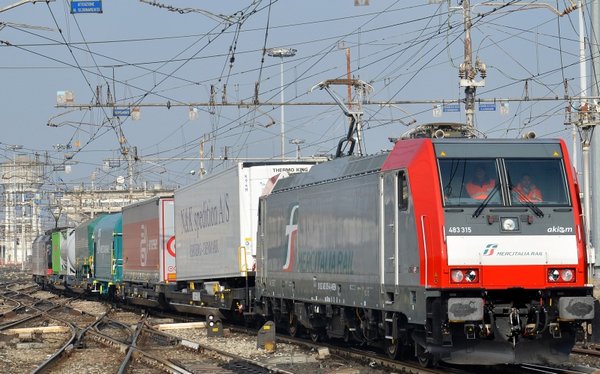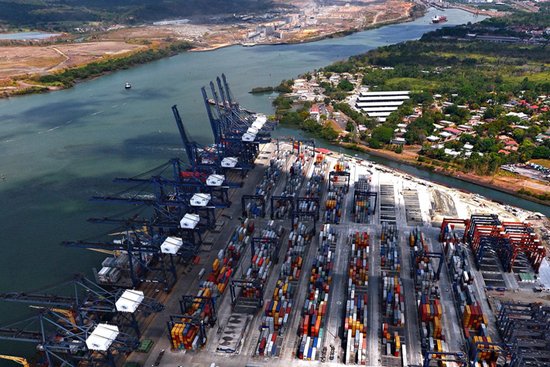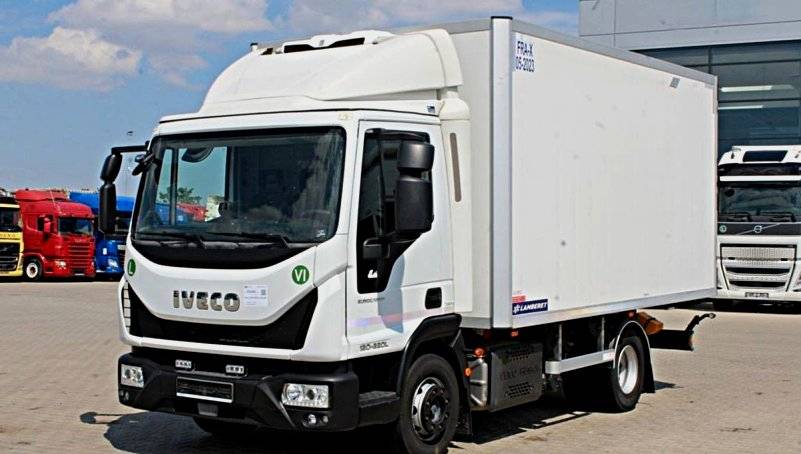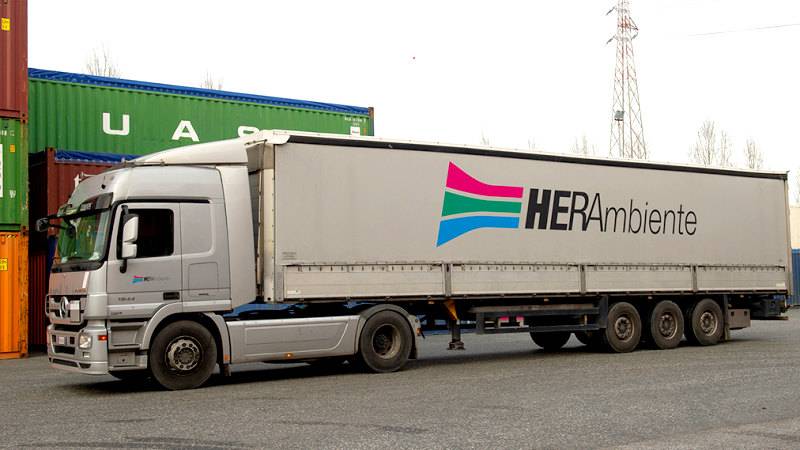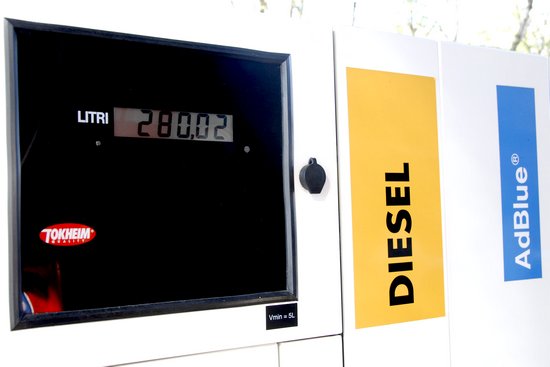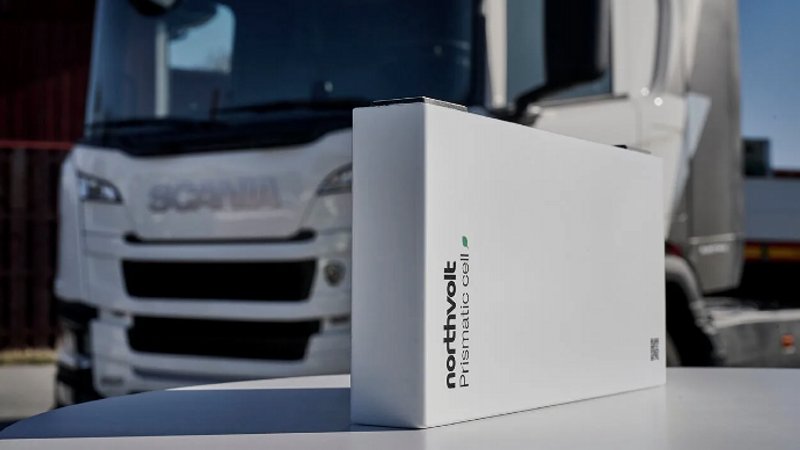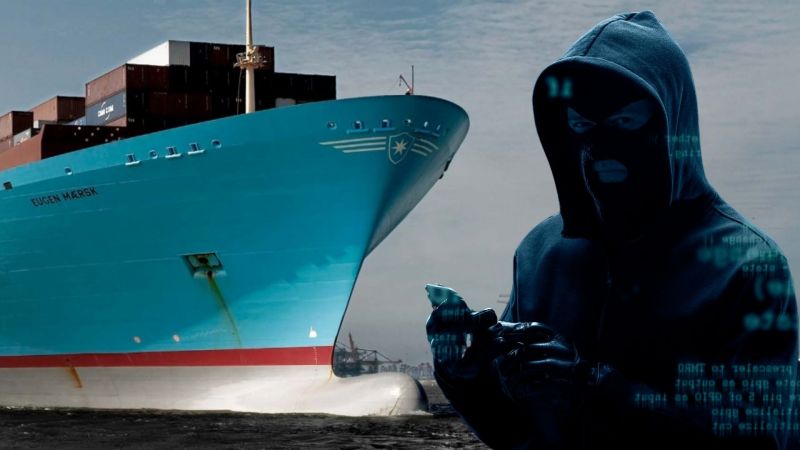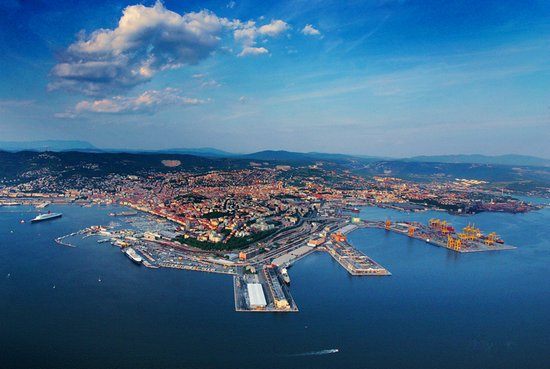The Trump administration's recent decision to introduce new levies on Chinese container ships could have disruptive effects on global trade and the US logistics system. Analysts at Xeneta warn that imposing a one-million-dollar fee on each vessel operated by a Chinese carrier calling at a US port, along with additional charges on ships built in China and new orders placed with Chinese shipyards, could trigger a series of unintended consequences.
Peter Sand, chief analyst at Xeneta, highlighted that shipping companies are likely to find ways to circumvent these measures by reducing the number of port calls in the United States. This could result in severe congestion and delays, similar to what was recently observed in Asia when carriers increased container volumes per call at Singapore to compensate for detours around Africa caused by the crisis in the Red Sea. The outcome was a 300% surge in transport costs on the Far East–US East Coast route.
The new tariffs form part of a broader strategy to curb Chinese influence in international trade, but Sand warns of potential unintended effects. In addition to increased costs for US importers, a significant rise in trade flows towards Mexico and Canada is expected, a trend that is already well underway. In 2024, Chinese imports into Mexico rose by 15%, reaching 1.42 million TEUs, while those into Canada grew by 16%, amounting to 1.8 million TEUs. This shift is largely attributed to operators' strategies to bypass direct US-China trade tariffs.
Trump has vowed to counter this trend with a 25% tariff on goods entering the US from Mexico and Canada, aiming to curb so-called "back door trade." However, the risk is that these new port fees may further incentivise the use of these neighbouring countries as trade hubs, making the tariff policy less effective. Additionally, some operators may opt for air freight, increasing pressure on that segment of the logistics market.
A global fleet analysis by Xeneta indicates that Cosco will be the primary target of these measures, as it is the only Chinese carrier among the world's top ten shipping companies, with two-thirds of its fleet built in China and 90% of its order book sourced from Chinese shipyards. European carriers—such as MSC, Maersk, CMA CGM, and Hapag-Lloyd—will also be affected, as more than half of their newbuild orders are placed with Chinese shipyards. Among Asian carriers, with the exception of ONE, the rest of the sector is unlikely to experience significant impacts from these measures.
Sand concludes that the uncertainty generated by these decisions presents a complex challenge for US importers and shipping companies. According to Xeneta's findings, industry players are closely monitoring the situation but, for now, are refraining from implementing definitive strategies until further developments become clearer.



